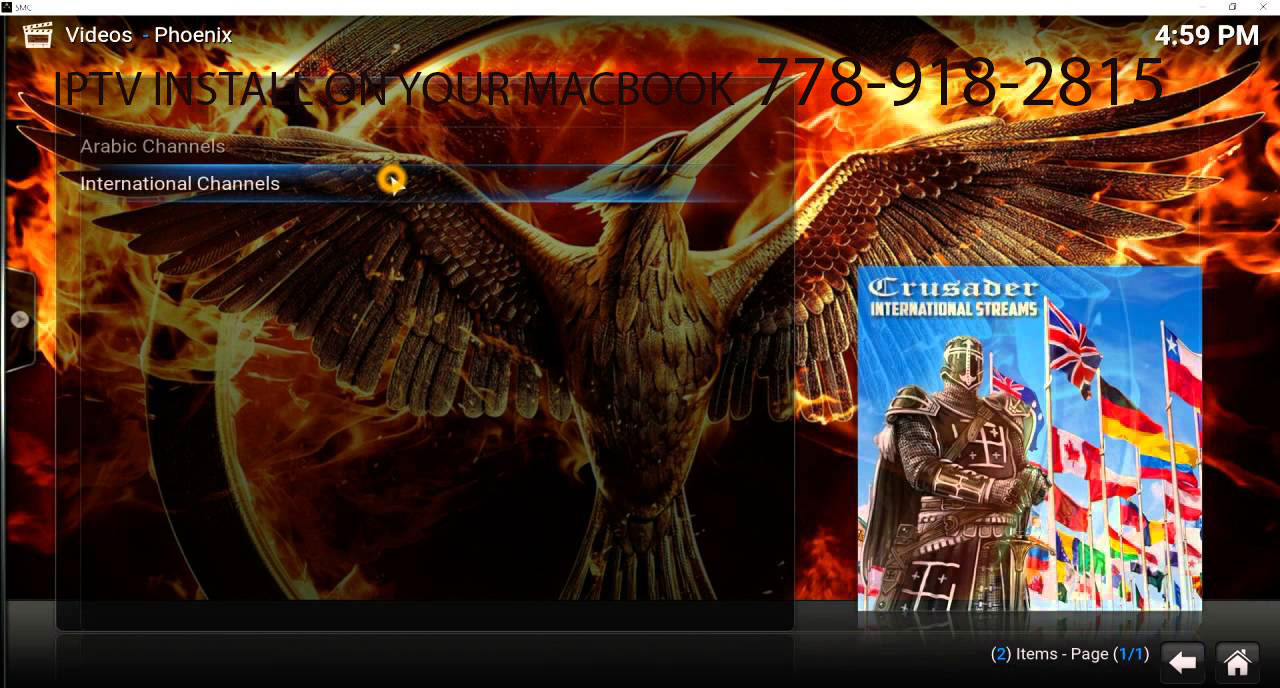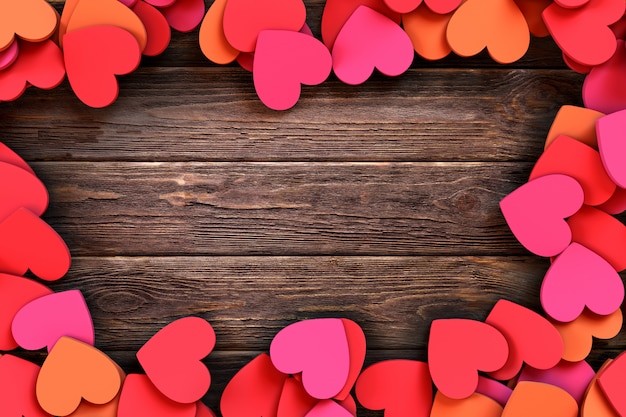
If it did that, the results wouldn’t be anywhere near as good. It is not simply converting each JPEG 8 bit pixel into a 16 bit pixel by a simple mathematical process.
Save topaz studio 2 file as a jpg software#
But, as an experienced software developer who has written RAW converters, I can tell you what it is not doing. I’m speculating here as I have no insider knowledge about what Topaz JPEG to RAW AI is actually doing. The converted JPEG’s limitations are clear – there is more noise and horrible artefacts in them. I, therefore, ran the JPEG file through DXO and here are some results, with the JPEG edit on the right and the Topaz JPEG to RAW AI 16 bit TIF on the left: Converted JPEG vs Topaz Converted JPEG vs Topaz Converted JPEG vs Topaz But could I have edited the JPEG just as well?Ī good question. Honestly, I have never seen anything get anywhere near doing this before. Somehow, Topaz JPEG to RAW AI has managed to recreate, from a JPEG file, a 16 bit file that contains virtually as much detail as the original RAW file. The image on the left was produced by DXO from the 16 bit TIF file that Topaz JPEG to RAW AI created from this JPEG file: Original JPEG FileĪmazingly, there is very little difference between the two. In all these images, the image on the right was produced by DXO from the original RAW file. Look at the closeups and judge for yourself: There aren’t obvious differences between the two results. I processed both the 8 bit JPEG and the newly created 16 bit TIF using the same presets to see how things compared: Processed from AI JPEG to RAW file Image developed from the original RAW file Then, using DXO Photo Lab I opened the original RAW file and made a preset from the RAW development settings. Then I converted it to a 16 bit TIF file using JPEG to RAW AI. I then took a favourite DSLR RAW image and converted it without any image adjustments, to a JPEG. This shows that Topaz JPEG to RAW AI is really doing something a bit special.

Yet this 16 bit TIFF was created from the JPEG. Weird.Īside from the car window reflections, the results of the edit are far superior in the 16 bit TIFF to the JPEG. Now, lets look at some 100% comparison crops, with the edited iPhone jpeg on the left and the edited converted TIFF on the right: The JPEG version has far worse artefacts in it The colours and saturation of the bricks are far better in the converted TIFF Curiously, the TIFF version has more artefacts in window’s reflections. I then applied the SAME settings to the original iPhone image: The iPhone image, editedĮven in this reduced size image, the differences are clear. I didn’t push the editing too far and the result is quite good. I used JPEG to RAW AI and converted it into a 16 bit TIFF file and then loaded the new 16 bit TIFF into Photo Ninja and enhanced the image: 16 bit TIF edited in Photo Ninja If this were a RAW image taken with a dSLR I would be able to bring out significant detail in it. Hardly a work of art but the sky is lacking detail and that’s a good candidate for a test. My first test was to take a quick picture with my iPhone – a 12mp JPEG: The iPhone picture You can do far more with the same ‘almost right’ RAW picture…īut what if you can turn that JPEG back into a RAW file? Would you then be able to do far more to it? Well, that’s what this software claims… iPhone Photo Test If you have a JPEG that is ‘almost right’ there are limitations that govern how far you can go to make corrections. I can see both sides to the argument… But, from a technical point of view, RAW always has advantages over JPEGs because RAW files allow for far better image enhancement and shadow recovery.

JPEGs compress the image, throwing away some image data.Far better post processing possibilities.Significantly more flexibility when it comes to editing.

The debate about RAW vs JPEG has always been one about quality vs convenience.


 0 kommentar(er)
0 kommentar(er)
